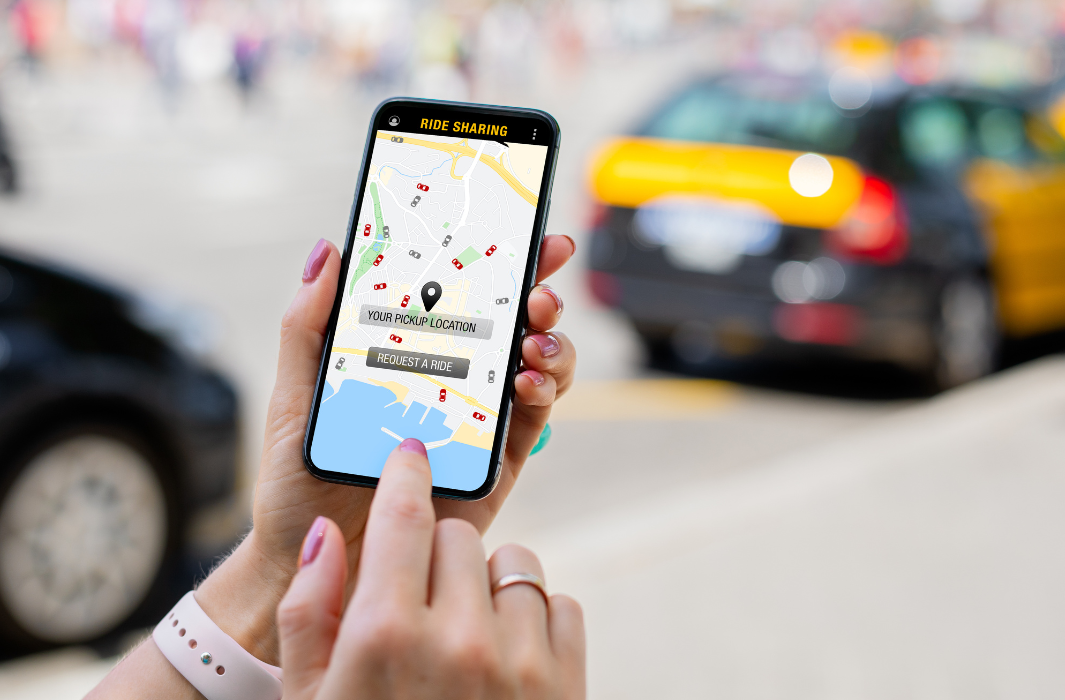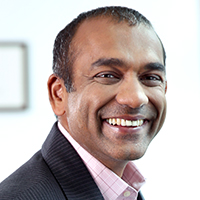“If we get this right, we can literally go into the history books,” a 32-year-old fresh-faced Anthony Tan told the Financial Times in 2014.
He was unabashedly ambitious. He had just launched what was GrabTaxi two years ago. He was on a self-declared mission to serve the daily needs of South-east Asians.
Grab has since grown, expanding from its ride-hailing role into food delivery and payments, into at least eight countries in the region. It counts private equity heavyweights like Softbank, Hillhouse Capital, Tiger Global and GGV among its investors.
Earlier in 2023, the tech platform announced plans to acquire Singapore’s third-largest taxi operator, Trans-Cab, by the fourth quarter of 2023, sparking concerns from Singapore’s competition watchdog. The move is set to cost more than $100 million and add Trans-Cab’s 2,200 taxis and more than 300 private-hire vehicles to Grab’s inventory.
The role of M&As
Now, an acquisition is a common business strategy for companies to accelerate the growth of their business in a way not possible through organic growth. It might help them achieve economies of scale and reduce inefficiencies. It may enable knowledge transfers and endow them with a competitive advantage. It could also aid in increasing market share.
When Grab acquired Uber’s South-east Asia business in 2018, it eliminated its competition and expanded its businesses across the region. Buying out the competition allowed Grab to expand its GrabFood businesses to two more countries – Singapore and Malaysia – without having to engage in costly price wars.
But an unspoken driving force is also empire building by CEOs: the act of attempting to increase the size and scope of an organisation’s influence for personal gain without additional benefits to stakeholders.
Empire building has been the root cause of losses in stakeholder value in mergers across industries in banking, airlines, shipping, automobiles and technology.
When Hewlett-Packard made a radical push to acquire one of its most serious competitors, Compaq, in 2002 under CEO Carleton Fiorina to advance in the competitive personal computer hardware space, it incurred heavy restructuring costs. HP could have squeezed costs and done a better job making and marketing its new products, but it did not.
After much compatibility challenges and internal squabbling, HP had to axe 15,000 jobs. It suffered a decline in shareholder value.
A stronger hold
The acquisition is likely to bring upside to Grab. Large ride-sharing firms like Didi, Lyf and Uber likewise invest heavily in expansion because they know the strong demand for taxi and private-hire services and the limited fleet supply work in their favour.
They see potential benefits from the network effects of expansion: The more popular a ride-sharing app is, the more it attracts drivers and commuters.
By merging with Trans-Cab and digitalising its taxi fleet, Grab can enhance driver productivity and taxi availability, while acquiring a base of knowledgable taxi drivers who know the routes around Singapore well. Trans-Cab is the third-largest taxi operator after Strides Premier and market leader ComfortDelGro.
The partnership also brings cost advantages since taxi operators do not need to bid for certificates of entitlement (COE), reducing Grab’s overall “cost to serve”. A larger fleet size will also allow GrabRentals to reap economies of scale and enjoy cost savings in insurance premiums and the procurement of vehicle parts.
Extractive inclinations
Will Grab pass on cost savings to commuters and drivers? Or will it use its new market share to extract value from commuters and drivers as part of its empire building efforts? Three points are worth considering.
First, horizontal mergers tend to remove competition by reducing the number of potential firms consumers can choose from and increasing the company’s power at their expense
A past merger between Grab and Uber’s South-east Asia operations in 2018 serves as a cautionary tale. Before the merger, both ride-hailing giants engaged in an intense price war as they aggressively doled out enticing discounts and incentives to bolster market share, which benefited consumers.
The Grab-Uber merger led to higher prices for consumers and less favourable terms for drivers, underscoring the need for vigilance in assessing the impact of mergers on the market. Grab had increased prices by 10 to 15 per cent following the merger, while its market share soared to 80 per cent. This led the Competition and Consumer Commission of Singapore (CCCS) to fine both companies $13 million for violating Singapore’s anti-competition law.
Second, we have seen global examples of how dominant players with little competition tend to exploit the market and use their positional advantages to boost their business objectives.
In the United States, Americans are still living out the repercussions of the merger of telcos Sprint and T-Mobile US in 2020. Although T-Mobile had promised that its merger with Sprint would create jobs, lead to lower prices and improved call quality, these did not materialise.
Instead, the merger reduced the number of US retail mobile carriers from four to three and diminished competition in the industry. The decline in competition resulted in higher quality-adjusted prices and a drop in customer service quality. As more customers switched carriers, T-Mobile now plans to cut 5,000 jobs it claims were in duplicative corporate and back-office roles to free up cash flow and improve earnings.
Third, shareholders have weighed in. The absence of a positive stock price reaction to the announcement of the Grab-Trans-Cab merger suggests that the market does not foresee significant value or synergies to be derived. Grab Holdings’ shares dropped from US$3.64 to US$3.60 after the announcement on July 20, 2023.
What can be done
Since the merger is already in progress, the regulatory authorities must continue to keep a close eye on Grab.
CCCS has expressed concerns over the potential for the merger to raise barriers to expansion and entry for rival platforms. Feedback received reflects worries over the implications of Grab’s ownership for Trans-Cab drivers’ use of rival ride-hailing platforms, the watchdog says.
Stricter regulations such as limiting exclusivity restrictions should be enforced, to make it difficult for Grab to take actions that can undermine not just the letter of the law but also the spirit of the law.
Under the remedies imposed by CCCS on Grab during the Uber-Grab merger is a condition that Grab drivers must be free to use any ride-hailing platform. They cannot be required to use Grab exclusively but must be able to choose from multiple ride-hailing platforms, which encourages competition.
Grab will argue it has not done anything wrong. There are no such restrictions. But Grab has, in the past, required drivers to complete at least 200 rides on the Grab platform each month to be eligible for incentives like higher commission rates and a six-month GST rebate scheme. These effectively serve as exclusivity restrictions, as a typical driver must do seven to eight trips a day with Grab.
Towards a competitive ride-hailing industry
The implications of a growing monopoly in ride-hailing as Grab builds its empire can be huge. According to data platform Measurable AI, Grab today holds a 50.2 per cent share of the ride-hailing market in Singapore as at March 2022 – lower than their pre-pandemic market share yet large enough to impact vast numbers of drivers and commuters.
Coming at a time when Grab has just announced the imposition of “dynamic commission rates” for drivers depending on the distance travelled and time to pick up passengers, people are already sceptical about Grab’s overall intentions.
Grab has grand ambitions to become South-east Asia’s “super app” and reach profitability by 2025. Regulators assessing the acquisition must ensure ride-hailing remains competitive, preserve commuter and driver interests and prevent extractive or anti-competitive behaviour.
They should monitor the driver fare structure closely and observe whether commuters will be charged higher fees. If so, punitive action must be taken to deter further exploitative actions.
Mr Tan says he wants to go down in history books and we all hope he does for the right reasons.
The article first appeared in The Straits Times.




